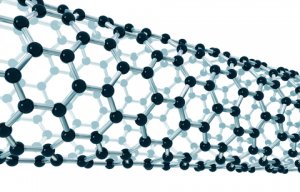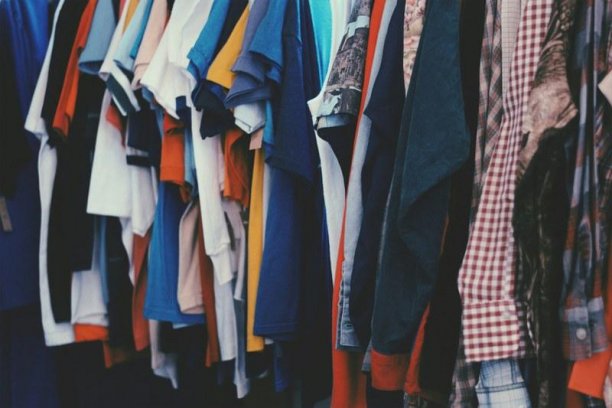
Graphene Council supports INC 2017
Between 4-9% of all textile products put on the European market are destroyed without ever being used for their intended purpose.

21st March 2024
Innovation in Textiles
|
Brussels
EU policymakers have recently decided to introduce a direct ban on the destruction of textiles and footwear with some exemptions for small, micro and medium-sized companies.
In a new briefing, The destruction of returned and unsold textiles in Europe’s circular economy, the European Environment Agency (EEA) has provided an overview of what is currently known about the volumes and destruction of returned and unsold textiles in Europe.
Although data is scattered, best available evidence suggests that around 4-9% of all textile products put on the European market are destroyed without ever being used for their intended purpose. According to the EEA, processing and destoying returned or unsold textiles is estimated to be responsible for up to 5.6 million tons of CO2-equivalent greenhouse gas emissions, a figure that is slightly lower that Sweden’s net emissions in 2021.
Recent studies indicate that about 20% of clothing and 30% of footwear bought online in the EU is returned by customers and about 70% of these returns are caused by poor fit or style. However, the EEA briefing notes that only about 3% of the environmentally harmful emissions from textiles come from distribution and retail, which means that even a long and complicated return process is most likely beneficial for the environment, if it leads to the product being resold and used.
The EEA briefing further states that both regulation and targeted policies, as well as soft information measures, are needed to reduce customer returns and unsold goods. At the same time, addressing the systemic problem of over-production and destruction in the textiles industry is needed and could be tackled with both circular business models and policies.
The briefing can be read in full here.

Business intelligence for the fibre, textiles and apparel industries: technologies, innovations, markets, investments, trade policy, sourcing, strategy...
Find out more